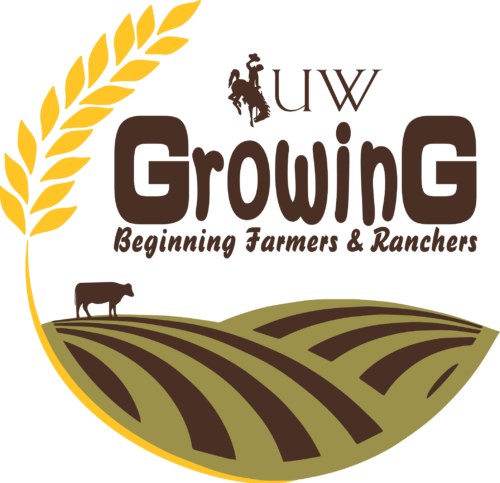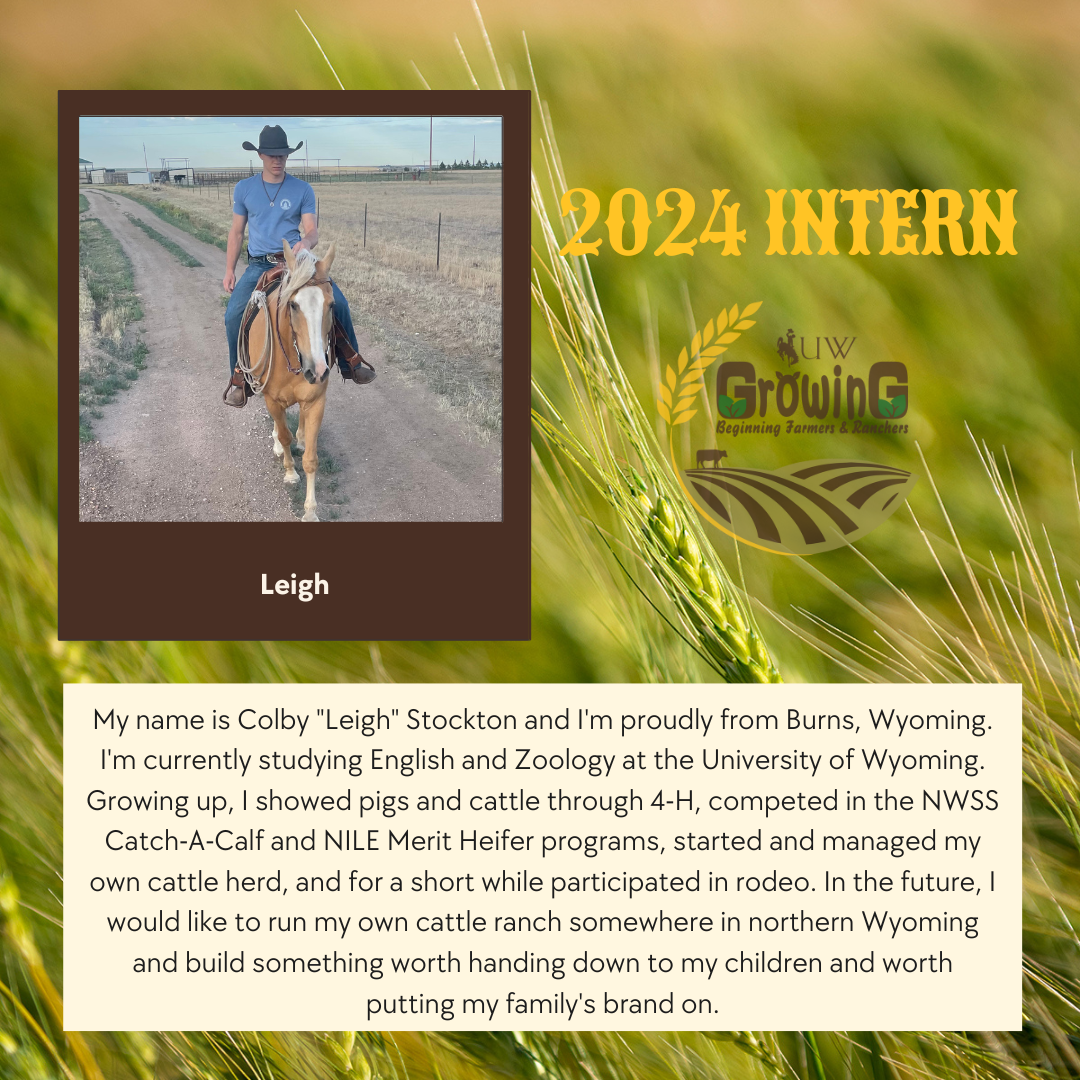Nuts and Colts
#bfrdpwy #aginternship #RightRisk
This week was once again filled with new things to learn and do. We kicked it off on Monday with some fencing – fixing what elk movements had torn down—it was a long day but made shorter with the help of the side-by-side.
Tuesday came with a cattle drive between two non-adjacent properties, meaning we had to drive them up the road on horseback and then through another pasture before we reached ours. It was somewhat intensive, as could be expected with two year-olds, but mostly just demanding because we had to be absolutely certain the cattle we had were ours (no strays could be picked up from other pastures, despite one week-old calf’s insistence) and that we had all of them. Moving pasture to pasture on continuously owned land makes it not such a big deal to miss a few—you can always go back and get them. Here, though, we had to be sure we had every animal and kept them.
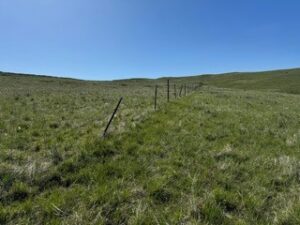
Wednesday brought pretty standard pasture movements. They helped me to build some confidence in using what I’ve learned and keep on practicing at it.
Thursday was an event. The morning was pretty standard moving cattle, nothing crazy. Lunch was provided by the hosts, and then we headed out to the arena and prepped to geld a two-year old colt. After a quick briefing, we got to work. We tied the colt to a sturdy post to keep him where we needed as we set up, then we wrapped ropes about his body and legs so that we could pull his back legs to his torso and pin them there.
Once the ropes were set, the guys on them began to pull, bringing the colt’s butt down to the ground. When he was set and ready to fall, the lead rope’s knot was undone and an additional hand sat on his neck and pulled his head to his chest. At this point, the back right leg (henceforth the top leg) was held tight by the man on it while the bottom back leg was stretched out and tied to the front hooves, just like you would tie up a calf.
Then began an arduous process of cinching the top leg down to ensure it couldn’t injure any hands or the horse. This was further complicated by the colt constantly kicking and trying to stand up—gelding the traditional way is not work for cowards. Once we finally got the top leg secure, the process of gelding began. A quick incision followed by patient waiting as the colt fought marked the start. Patiently, the testicles were removed, being wary of the horse himself. Once this was done, the wound was disinfected, and hooves were carefully untied. Everyone back off, we let the gelding up, ensured he was good to go, and then called it a day.
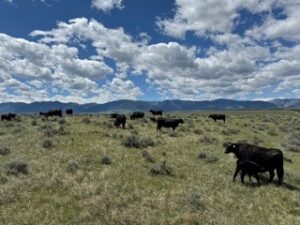
Friday was a second branding; just seventy calves this time. We used a calf table and portable corral for this one, and I found myself pushing calves up to the chute and dodging stray hooves, something that is somewhat familiar to me from another branding I’d done a long time before and from showing steers. The only mishap was a small jailbreak wherein one calf stuck his head through the fence and lifted it off its bolts and let himself and three others out. Otherwise, it was quick and easy.
Saturday was quick and easy—a four cows and two calves were in the wrong pasture, so a quick venture out on horseback was necessary to get them into their proper spot. It remained relatively routine but for a small detour down the draw and a rattlesnake spotting (which rapidly became a hawk-feeding).
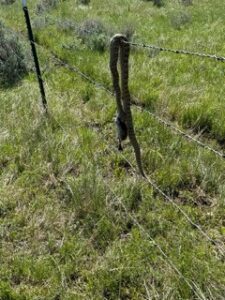
For this week, my question are as follows: “what benefits come from gelding a colt the old-school way”, “what benefits from the calf table method of branding,” and “are there benefits to having prairie dogs on the range and could they outweigh the negatives?”
I think that the events of Thursday and Friday were valuable experiences, but if I were running my own ranch, I believe I’d do them a little differently. Vet bills are expensive, absolutely, but doctors tend to hike up the prices more dramatically than veterinarians, in my experience, and avoiding the vet with the traditional gelding seems like an awful good way to wind up in the clinic for a broken rib or worse. Additionally, going about gelding the modern way seems to me to provide less risk of injury or disease and more comfort for both man and horse, and it’s one of few times I’ve ever found myself in favor of a modern method over the traditional route.
In that vein, if I were running my own ranch, I don’t think I’d use a calf table if I could help it. I think the traditional way can be quicker, more enjoyable, and offers much better potential for networking and strengthening communal bonds. Additionally, it can be run with a pretty lean crew if you’re using branding forks. At the very least, I found myself wondering why we didn’t snare the calves that escaped and brand them right then and there, seeing as we had all the equipment and horses for it.
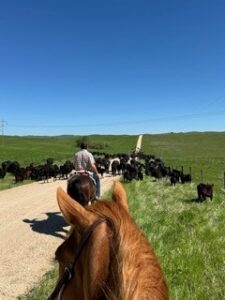
All that said, I’m still beyond grateful for having experienced both those things—they were valuable insights to different ways to do things and offer plenty to think about.
Submitted by: Leigh Stockton
Edits by: GrowinG Internship Team
